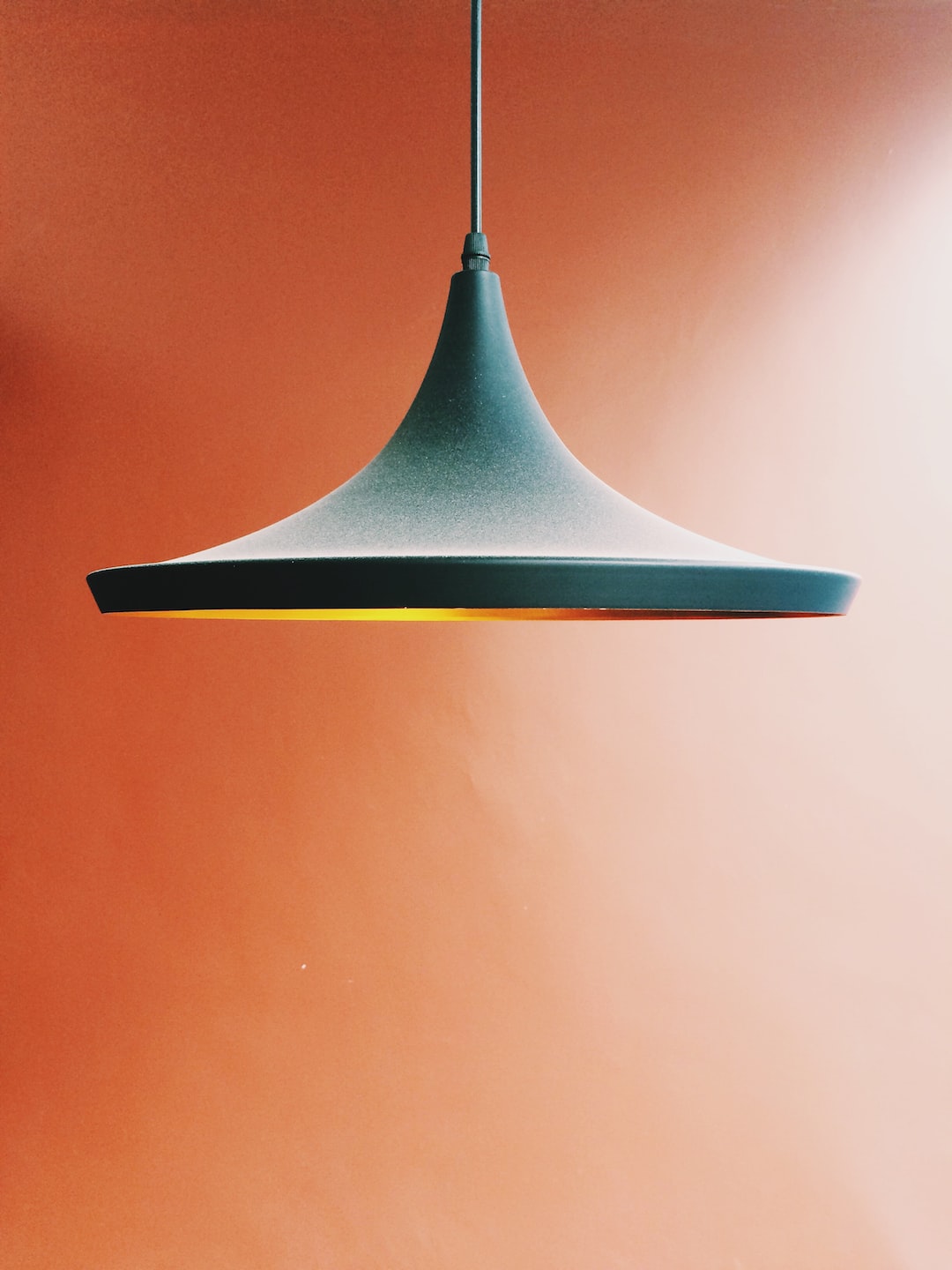Industrial design is the marriage of art and function, combining aesthetics with practicality. Over centuries, this field has evolved from purely functional design to one that also prioritizes ergonomics – the science of designing products based on how users interact with them. Today, the focus is not only on creating products that work efficiently, but also on enhancing user experience and comfort.
To understand the evolution of industrial design, we must take a stroll through history. The roots of this field can be traced back to the Industrial Revolution in the 18th and 19th centuries. During this time, skilled craftsmen transitioned to factory production, resulting in a need for standardized designs and efficient manufacturing processes. The primary focus was on functionality and mass production, with aesthetics taking a backseat.
One of the remarkable examples of this era is the iconic Windsor chair. Designed in the 18th century, it was a simple, sturdy, and practical chair made of wood. While it lacked intricate carvings or decorative details, it served its purpose exceptionally well. This emphasis on functionality was the norm for industrial design at the time.
As the 20th century emerged, a gradual shift towards aesthetics began. Art movements like Art Nouveau and Art Deco influenced designs, combining functionality with decorative elements. Products started to mirror the changing cultural and social values of the time. The well-known Bauhaus movement played a significant role in this transformation, advocating for simplicity, functionality, and mass production.
However, it wasn’t until the mid-20th century that ergonomics came into the limelight. Ergonomics, derived from the Greek words “ergon” (work) and “nomos” (law), emerged as a science dedicated to designing products that fit human capabilities and limitations. This marked a turning point for industrial design, as emphasis shifted from pure functionality to enhancing user experience and comfort.
Ray and Charles Eames, renowned designers of the mid-century modern era, were pioneers in incorporating ergonomics into their designs. They believed that art and science could coexist, and their furniture designs perfectly reflected this philosophy. Their iconic Eames Lounge Chair and Ottoman, designed in 1956, perfectly married aesthetics and ergonomics. They paid attention to the angle of the seat, the curve of the backrest, and the cushioning, all aimed at providing comfort and support to the user.
The advent of computer-aided design (CAD) technology in the late 20th century further propelled industrial design by allowing designers to create and test virtual prototypes. This revolutionized the design process, enabling designers to evaluate and refine ergonomics before moving to production. By simulating user interactions and movements, designers could create products that fit the human body perfectly, minimizing discomfort and maximizing usability.
Today, ergonomic design has become a fundamental principle in industrial design. From furniture and appliances to automobiles and electronics, every product is created with user experience in mind. Companies invest in extensive research and user testing to develop products that are intuitive, comfortable, and user-friendly.
In conclusion, the evolution of industrial design from functionality to ergonomics represents a shift towards a more holistic and user-centric approach. While initially focused on mass production and practicality, the field now emphasizes creating products that enhance user comfort, usability, and overall experience. As technology continues to advance, we can only anticipate further advancements in industrial design, merging art, function, and ergonomics for an even more intuitive and delightful user experience.


